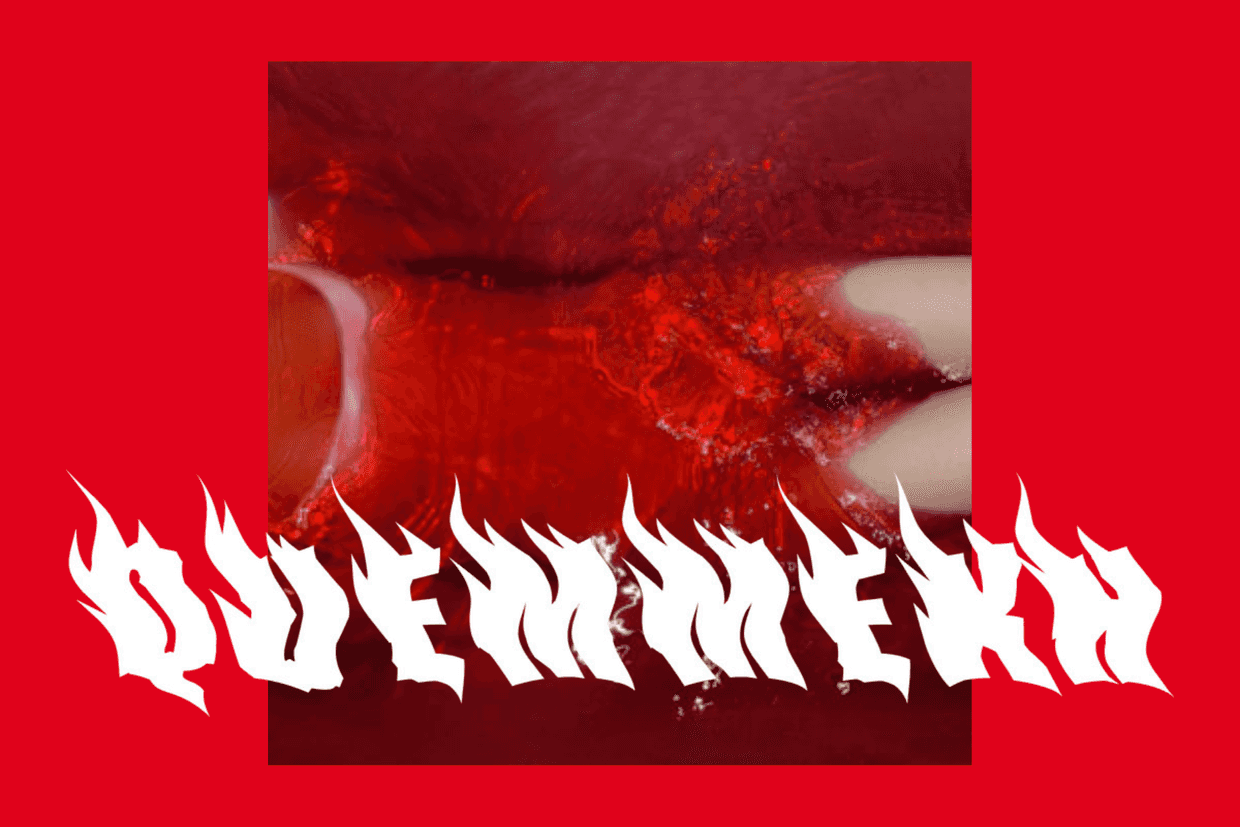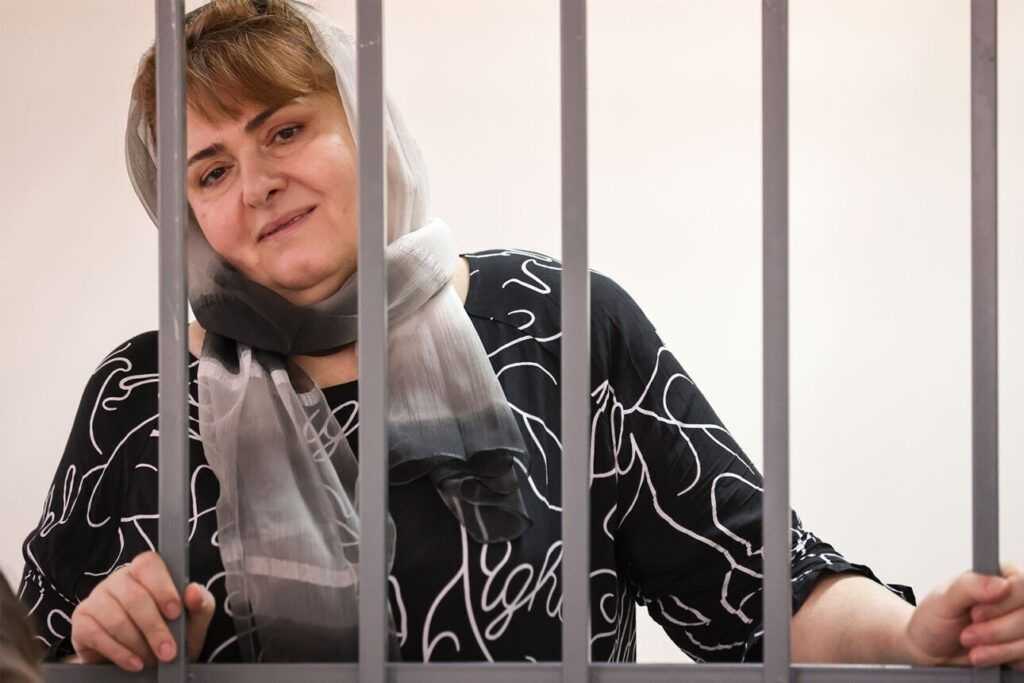★★★☆☆
Me, Margarita by Ana Kordzaia-Samadashvili captures the chaos, wit, and romance of Georgian women in stories as bitter-sweet as the country itself.
In Me, Margarita, Ana Kordzaia-Samadashvili showcases a world full of women, or as she calls them, ‘girls’. They span ages and classes; they’re chaotic, foul-mouthed, chain-smoking, clever and anxious, never afraid of an ugly cry, with a defiantly rock-and-roll edge. Yet at the same time, they share one soft constant: they are unabashed romantics, hungry to love and be loved.
With her unmistakably Tbilisian voice, Kordzaia-Samadashvili transforms these women’s lives into a series of first-person stories, bitter-sweet, deadpan, deeply Georgian, and often punctured by that shrug of a refrain: ‘So what?’
Nothing here is outlandish; everything is painfully plausible, unfolding in kitchens, courtyards, trains, and communal flats. Some pieces lean semi-autobiographical, like ‘Rikhalski’s House’, which traces the history of a crumbling Tbilisi home and its owners with the obsessiveness of someone who has sanded those very walls.
The collection opens with ‘Me, Margarita’, a family saga told in shards: Tantsia, the proud pie-seller with her prized chatakhtuli (a sofa crowned by a long rug); the Russian Mikhail-Gavriil with his talismanic St George crosses; and the chain of Margaritas, Ritas, and Margos who inherit not just names but temperaments and emotional damage. It is the private history of women shaped by wars and deportations, by love affairs and railway stations (one Margarita is literally named for a station sign). It is notable that translators Victoria Field and Natalie Bukia-Peters choose to highlight how the story’s four Margaritas and their nicknames knot lineage to language, an early signal that identity here is part grammar, part myth.
Because Kordzaia-Samadashvili’s voice and style are so idiosyncratic, it’s clear the translators wrestled to capture it fully in English. The Georgian original thrives on rhythm, idiomatic turns, and the musicality of Tbilisian street speech. In English, the meaning is intact, but the edges are softer. Certain idioms and emotional cadences flatten out, and the ‘girls’ lose a fraction of their swagger and vulnerability. Still, language buffs will appreciate Field and Bukia-Peters’s introduction, which details the process and difficulty of pinning down Kordzaia-Samadashvili’s singular style.
What Kordzaia-Samadashvili does best is make private life feel historical without becoming didactic. The book keeps ‘cutting a long story short’ (a reference to the famous Georgian epic The Knight in the Panther’s Skin), only to crack the door to the longer story again. The book was originally published in 2005 and after 20 years, it feels like a diary of 2000s Tbilisi, full of bathhouse rituals, endless toasts, and geopolitical undercurrents.
Notably, the English translation of Me, Margarita was included by the New York Public Library in its 2017 International Women’s Day reading list, alongside works by Selma Lagerlöf, Anna Akhmatova, Hannah Arendt, Margaret Atwood, Emily Dickinson, and many other classic women authors.
Me, Margarita is a brisk, barbed, deeply local book that travels beautifully. The translators preserve the vernacular snap (and the nicknames) without losing non-Georgian readers in the thicket, a tricky balance they discuss candidly. If you like your love stories salted with irony and your city writing haunted by its furnishing — you’ll feel right at home here.
Book details: Me, Margarita: Stories by Ana Kordzaia-Samadashvili, translated by Victoria Field and Natalie Bukia-Peters, 2015, Dalkey Archive Press. Buy it from the publisher here.











